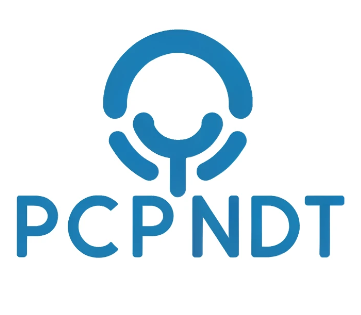Customer Experience Bima vs Conventional Insurance: Bima provides a tech-savvy, personalized experience through digital platforms, focusing on accessibility and simplicity for underserved markets. Conventional insurance emphasizes agent relationships, comprehensive coverage, and established service quality to cater to a wide range of customer needs.
In today’s digital age, customer experience is everything. Consumers are increasingly demanding personalized, seamless, and convenient interactions with brands. This holds especially true for the insurance industry, which traditionally hasn’t been known for its stellar customer service.

Importance of Customer Experience (CX) in Insurance
Customer experience plays a pivotal role in shaping an insurer’s success. It directly impacts financial outcomes, organizational performance, and customer loyalty. Here’s why CX matters:
CX Leaders Outperform Peers: Insurers with above-median CX scores (CX leaders) consistently outperform their peers across various metrics, including Total Shareholder Return (TSR), revenue growth, and employee satisfaction.
Bima
Transforming Customer Engagement Bima represents a modern approach to insurance that leverages technology, digital platforms, and alternative distribution channels to enhance customer engagement and accessibility. This model focuses on providing convenient, affordable, and personalized insurance solutions to underserved populations, micro-entrepreneurs, and rural communities. Bima’s customer experience is characterized by simplicity, transparency, and inclusivity, aiming to empower individuals with financial protection and peace of mind.
Key Aspects of Customer Experience in Bima:
- Digital Accessibility: Bima offers customers the convenience of purchasing and managing insurance policies through mobile apps, online platforms, and SMS services, eliminating the need for traditional paperwork and in-person interactions.
- Personalized Communication: Bima utilizes data analytics and customer insights to tailor insurance offerings, communication strategies, and support services to meet the unique needs and preferences of policyholders.
- Proactive Customer Support: Bima provides proactive customer support, alerts, and reminders to policyholders, promoting engagement, risk awareness, and timely action on insurance-related matters.
Conventional Insurance
Navigating Established Relationships Conventional insurance, on the other hand, follows a more traditional model that relies on established relationships, agent networks, and in-person interactions to serve policyholders. While conventional insurance offers comprehensive coverage and a wide range of insurance products, the customer experience may vary based on the insurer’s service quality, responsiveness, and communication channels.
Key Aspects of Customer Experience in Conventional Insurance:
- Agent Relationships: Conventional insurance often involves interactions with insurance agents or brokers who provide personalized guidance, advice, and support throughout the insurance lifecycle.
- Comprehensive Coverage Options: Conventional insurance companies offer a diverse portfolio of insurance products, including life insurance, health insurance, property insurance, and more, catering to various customer needs and risk profiles.
- Claims Processing and Assistance: Conventional insurance companies prioritize efficient claims processing, timely assistance, and customer satisfaction to build trust and loyalty among policyholders.
Customer Experience Bima vs Conventional Insurance
| Aspect | Bima | Conventional Insurance |
|---|---|---|
| Digital Touchpoints | Leverages technology for seamless customer journey, from purchase to claims processing. | Traditional channels may lack digital integration. |
| Automated Claims Payments | Innovates by automating claims payments, improving efficiency. | Manual processes may lead to delays. |
| Holistic Approach | Prioritizes CX across the organization, embracing transparency and data-driven decisions. | May lack a comprehensive CX strategy. |
| Operational Efficiency | CX investments lead to operational efficiencies, benefiting both customers and also the bottom line. | May not fully realize the impact of CX on operations. |
Choosing the Right Insurance Experience
When comparing Bima and conventional insurance from a customer experience perspective, individuals should consider their preferences, digital literacy, communication preferences, and service expectations. Bima may appeal to tech-savvy customers seeking convenience, affordability, and personalized services, while conventional insurance may suit those valuing agent relationships, comprehensive coverage options, and established service standards.
Conclusion
The customer experience in Bima and conventional insurance reflects the industry’s commitment to innovation, customer-centricity, and also inclusivity. By understanding the customer experience aspects of these insurance models, policyholders can make informed decisions to select the insurance option that best aligns with their needs, preferences, and expectations.
